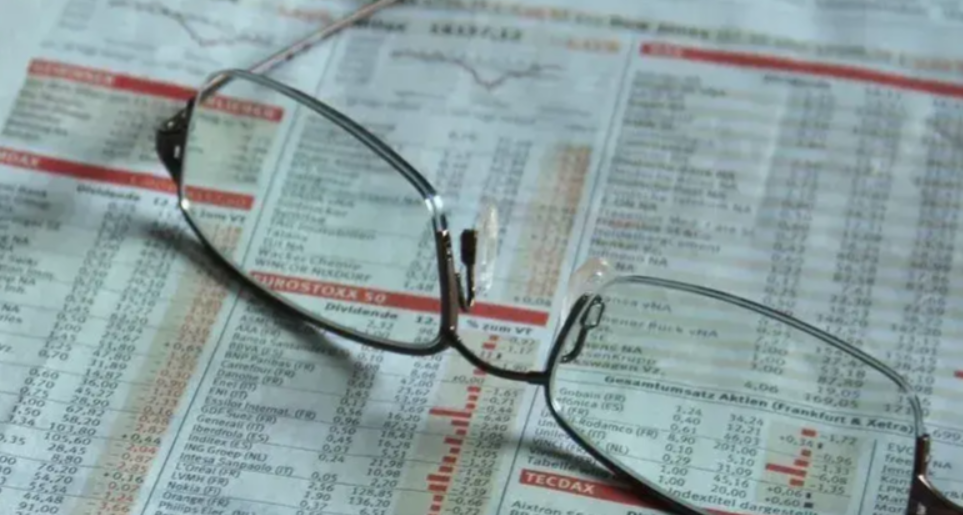The ongoing debate about the status of the U.S. stock market often revolves around the question: Are American stocks overvalued? For many, the answer may seem patently clear. A close examination of indices like the S&P 500 reveals that the market is indeed experiencing a considerable premium above its historical valuations. This situation raises essential questions about the sustainability of market trends, the underlying forces driving this increase, and when, if ever, a correction might occur.
To gain a clearer perspective, consider the historical price-to-earnings (P/E) ratios of the S&P 500. From 2010 to 2025, the average P/E ratio is 22.25, with a median of 21.45. However, current figures show the S&P 500 boasting a P/E of 30, placing it at the 93rd percentile of historical valuation. Such numbers indicate a pronounced overvaluation when viewed through the lens of historical context.
Turning our attention to the price-to-book (P/B) ratio, the story remains consistent. Between 2010 and 2025, the S&P 500's average P/B ratio has hovered around 3.17, with a median of 3.02. Today, we see a staggering 5.22 P/B ratio, a valuation level that ranks at a staggering 99.62 percentile, suggesting we are nearing peak historic valuations.
Despite these alarming indicators, a significant number of investors may question the relevance of such metrics. The essence of these measures is straightforward; after all, they rely purely on basic knowledge of stock valuation principles. So, why do so few openly declare that the U.S. market is overpriced?
The explanation rests largely on the notion that the U.S. stock market did not merely become overvalued overnight. High valuations have been a persistent element of the market for an extended period. The consistent upward trajectory of the market has misled many into believing that it will continue on this path indefinitely.
Psychologically, the stock market often exemplifies human tendencies, showcasing the effects of herd behavior. Investors rush to buy into rising markets, driven by a collective optimism that can lead to inflated valuations. As history shows, these bubbles can only hold for so long.
The question then arises: Why is the U.S. stock market experiencing such high valuations? At its core, it reflects a distinct reality driven primarily by the remarkable performance of what is often referred to as the “Seven Sisters” of American technology firms, which lead the global tech scene. They have experienced impressive income growth from their international operations, and their strong performance has consistently carried the overall index upwards. A prominent factor in their rising fortunes has been the current wave of enthusiasm surrounding artificial intelligence (AI), which has only fueled this valuation inflation.

For a more tangible understanding, we can look at reported statistics indicating that the S&P 500 index has grown by an astonishing 640% from early 2010 to early 2025, translating to an annualized increase of around 14%. In contrast, the so-called Seven Sisters have skyrocketed with a remarkable 5,120% increase during the same period — sheer numbers that starkly illustrate how much of the overall index's success can be attributed to this small group of leading tech firms. Without the incredible performance of these tech giants, the S&P’s growth would likely be much more modest.
On a macroeconomic level, one could contend that the United States' position as a leader in technological advancement offers a robust narrative that supports these valuations. As long as there is a prevailing sense of optimism about future advancements or continued leadership in global technology, it seems likely that these firms will continue to thrive. However, there is a crucial point to consider: can this narrative hold up under scrutiny?
From a financial perspective, the staggering levels of liquidity available for investment also play a significant role in driving U.S. stock market valuations ever higher. Since the 2008 financial crisis, the Federal Reserve has lowered the federal funds rate to nearly zero and engaged in multiple rounds of quantitative easing (QE) to inject liquidity into the economy. This low-interest-rate environment persisted until 2021, which saw a transition into a rapidly escalating cycle of interest rate hikes. Despite these changes, optimistic expectations about interest rate cuts fueled by the AI boom have kept the stock market resilient, with new highs being reached consistently.
When examining global investment trends, it is worth noting the considerable influx of capital from markets such as China. As of late, China has seen an increase in public mutual funds focused on U.S. equities, reflecting the growing international appetite for investing in the U.S. market. As of now, there are 165 qualified domestic institutional investor (QDII) products exclusively focused on U.S. stocks, with over half established since 2021, suggesting a strong belief in the ongoing potential of U.S. equities.
Yet, an uncomfortable reality looms: at what point does the overvaluation become untenable? The answer remains as uncertain as ever. Predictions are notoriously challenging; still, it is reasonable to assert that if technological advancements—especially in AI—fall short of public expectations, the ramifications for the overall market could be severe. A drop could easily exceed 20% or even 30%, potentially beginning with significant corrections that could lead to halved valuations.
Thus, the lingering question for many remains: Is it an advisable time to invest in U.S. stock exchange-traded funds (ETFs)? The general consensus among analysts seems to lean toward caution, indicating that now may not be the right time to initiate new positions.
For those currently holding U.S. stock ETFs, the recommendation appears to be focused on reducing exposure, as market indicators suggest a bearish sentiment on the horizon.
Ultimately, these evaluations come from someone who has not engaged in U.S. stock investments for the last fifteen years. Accordingly, the insights shared are merely one perspective within a larger conversation. Those inclined to agree may find value in these sentiments, whereas dissenters may well find their interpretations equally valid. In a landscape defined by uncertainty, the conversation surrounding U.S. stock valuations will undoubtedly continue, shaping the investment choices and strategies of countless individuals in the months to come.